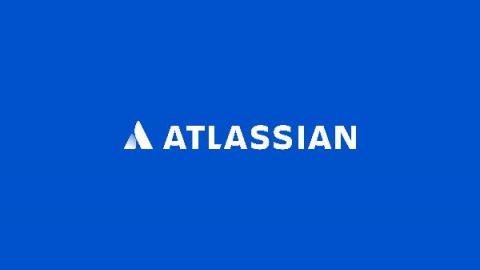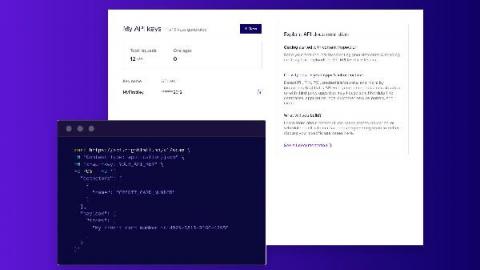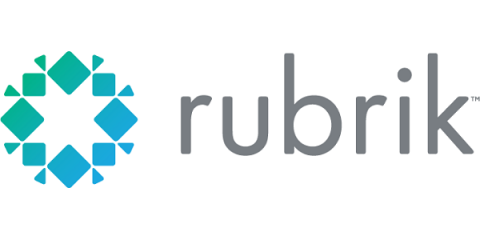Is Slack Secure? Vulnerabilities and Solutions
Slack has become one of the most integral platforms for businesses over the last decade, with more than 12 million users currently active. Despite its popularity, however, there are some Slack security concerns that linger from the platform’s 2015 security breach. Here’s what you need to know about Slack security and how to protect your sensitive information on the platform.











